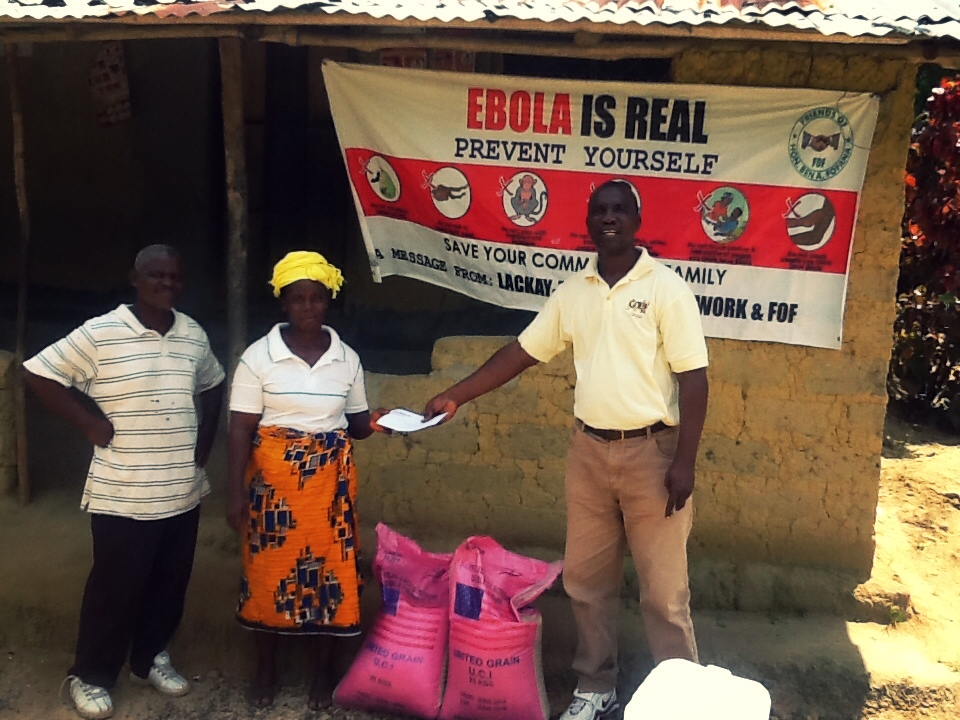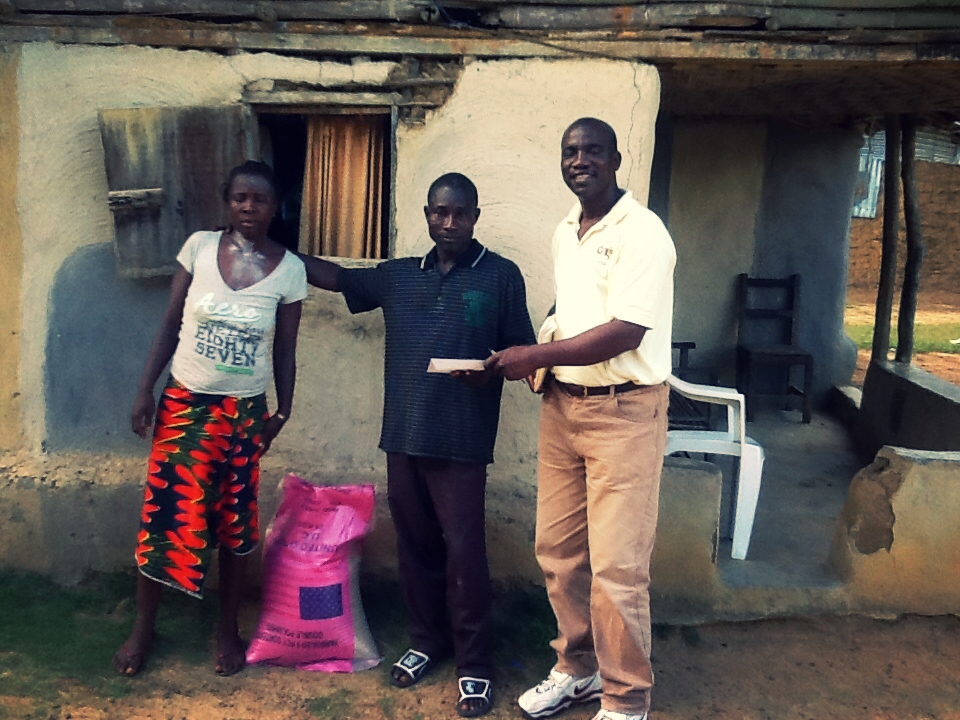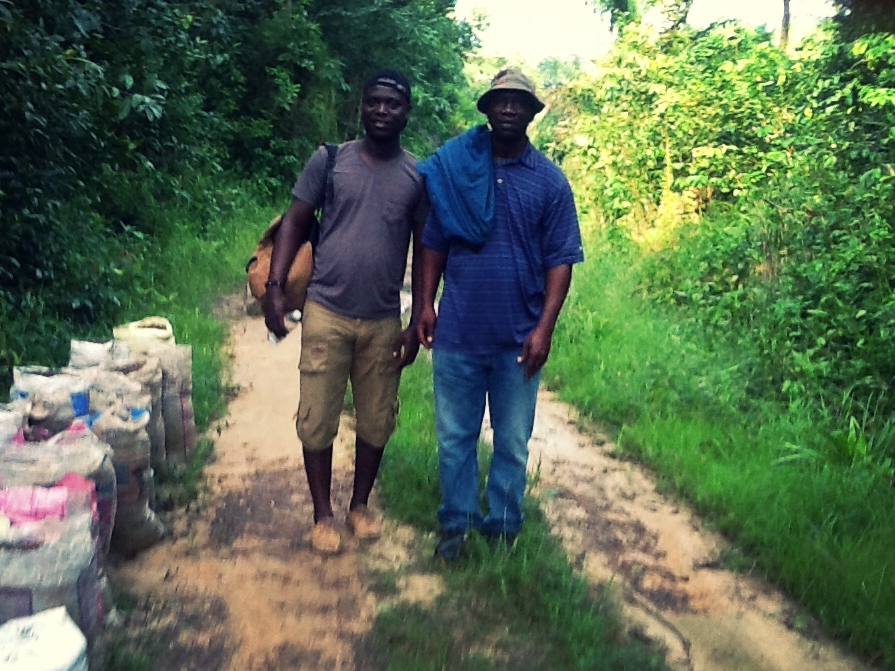The Republic of Liberia
The Republic of Liberia is a sparsely populated land founded in the early 1800’s by freed American slaves. The vast majority of its people belong to one of several indigenous African ethnic groups. The largest groups include the Kpelle, Bassa, Gio, and Kru peoples. Americo-Liberians, descendants of emancipated slaves who emigrated from the United States, make up less than 5% of the population.
Liberia has a population 4,853,516 (2018 estimate), which up from 3,476,608 in 2008, and covers 111,369 square kilometers (43,000 square miles). Liberians mainly inhabit coastal cities and towns. Monrovia is the capital and largest city.
GEOGRAPHY & CLIMATE
Liberia is located in West Africa on the Atlantic Ocean coast and is bounded on the north by Sierra Leone and Guinea, on the east by Cote d'Ivoire, and on the south and west by the Atlantic Ocean. The Liberian landscape rises gradually from the Atlantic coastal plain, through a region of hills and plateaus, toward the steep Guinea Highlands. Tropical rainforests cover many of the hills.
The climate is hot year-round with heavy rainfall from May to October with a short interlude in mid-July to August.
RELIGION
According to the 2015 Liberia International Religious Freedom Report, 85.6% of the population practices Christianity. Muslims comprise 12.2% of the population, largely coming from the Mandingo and Vai ethnic groups. Traditional indigenous religions are practiced by .6% of the population, while 1.4% subscribe to no religion. A small number of people are Bahá'í, Hindu, Sikh, or Buddhist. Concurrent participation in indigenous religious secret societies such as Poro and Sande is common.
The Constitution provides for freedom of religion, and the government generally respects this right. While separation of church and state is also mandated by the Constitution, Liberia is considered a de facto Christian state.
Religion in Liberia
CIVIL WAR
Liberia experienced a 14 year Civil War between 1989 and 2003 with 150,000 to 250,000 people killed and an economy and infrastructure left to devastation.
As a result, hundreds of thousands of Liberians were driven into neighboring countries as refugees. In 2004, the United Nations estimated that there were approximately 335,470 Liberian refugees forced to live neighboring countries at the time. Some Liberian refugees spent more than two decades living in other West African countries.
ECONOMY
Liberia is the world's fourth poorest countries with an unemployment rate of 4% as of 2017. To this day, most Liberians still make their living by farming or herding. Liberia continues to suffer from poor economic performance due to a fragile security and the 2014-2015 Ebola epidemic, the devastation of past wars, lack of infrastructure, and vital human capital necessary to help the country recover from the scourges of conflict and corruption.
Liberia relies heavily on foreign assistance and remittances from the diaspora. It is richly endowed with water, mineral resources, forests, and a climate favorable to agriculture. Its principal exports are iron ore, rubber, diamonds, and gold. Palm oil and cocoa are emerging as new export products. The government has attempted to revive raw timber extraction and is encouraging oil exploration.
Ebola epidemic EFFECTs - 2014-2015
The Ebola crisis had a great effect on the economy of Liberia with many foreign-owned businesses departing with their capital and expertise.
The epidemic forced the government to divert scarce resources to combat the spread of the virus, reducing funds available for needed public investment. The cost of addressing the Ebola epidemic coincided with decreased economic activity reducing government revenue, although higher donor support significantly offset this loss.
The World Health Organization (WHO) estimates that Ebola infected over 28,637 people and ultimately resulted in 11,315 deaths in West Africa.
The death toll breakdown includes:
- 4,809 in Liberia
- 3,955 in Sierra Leone
- 2,536 in Guinea
- 8 in Nigeria
WHO admits these figures are underestimates, given the difficulty collecting the data.









